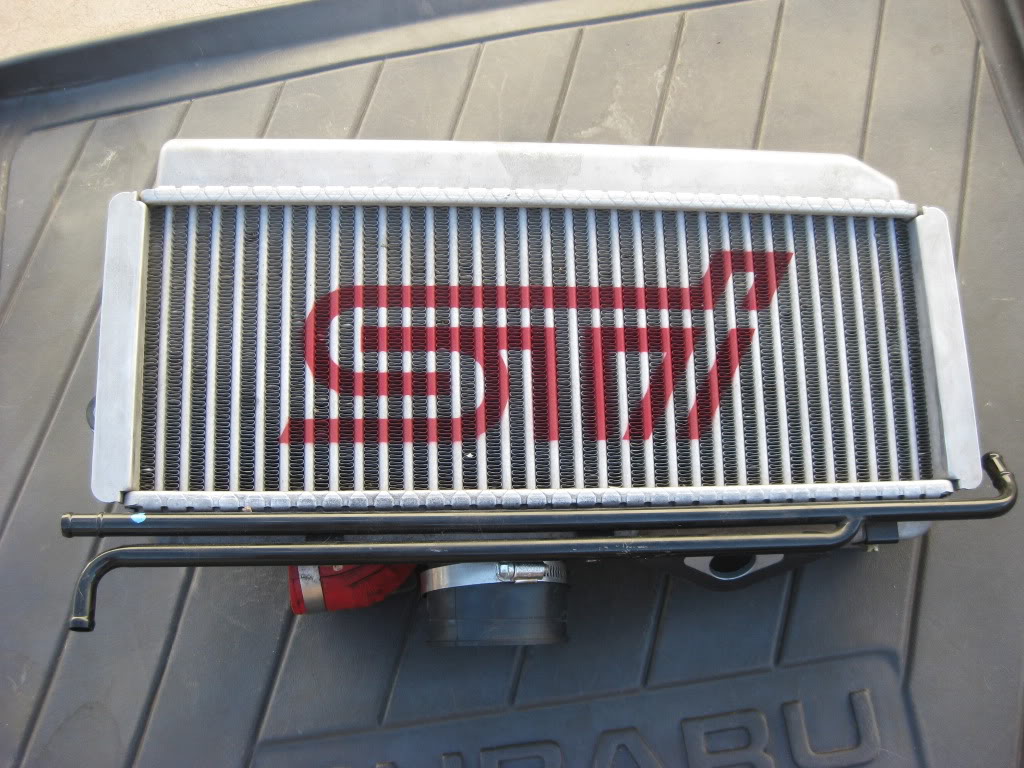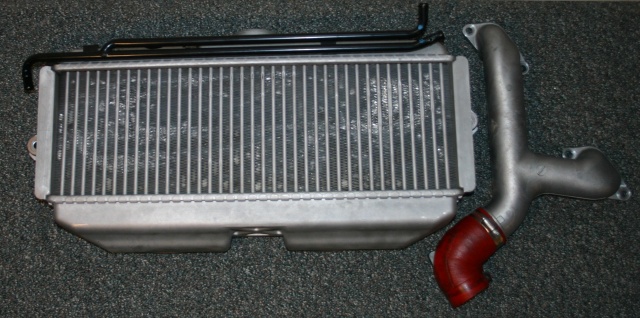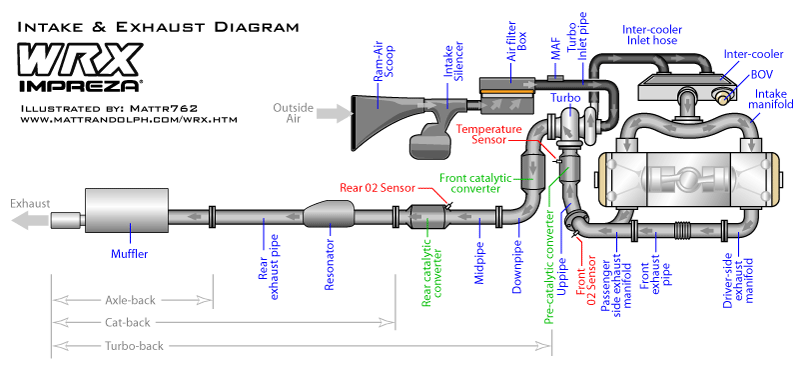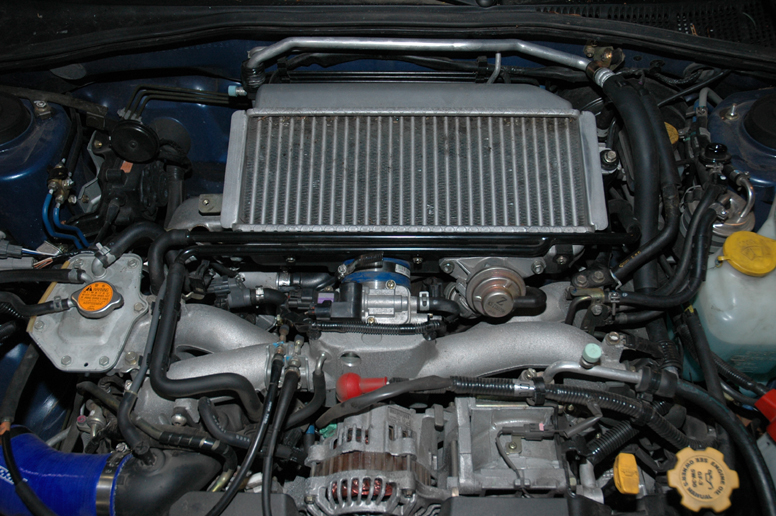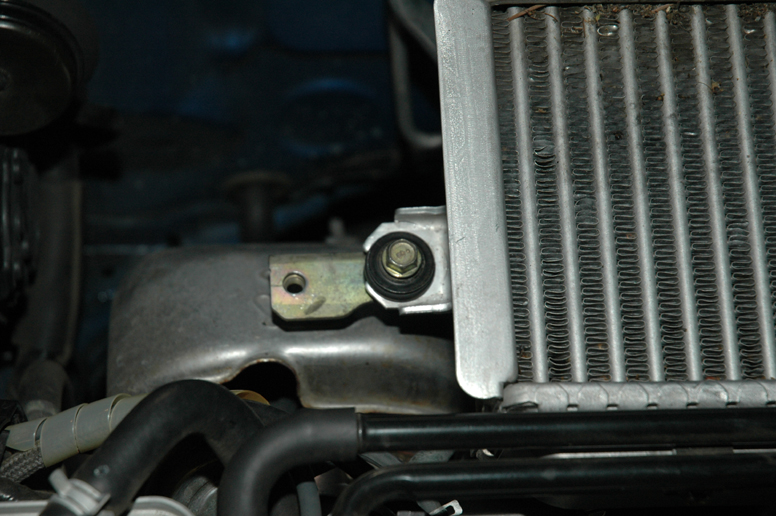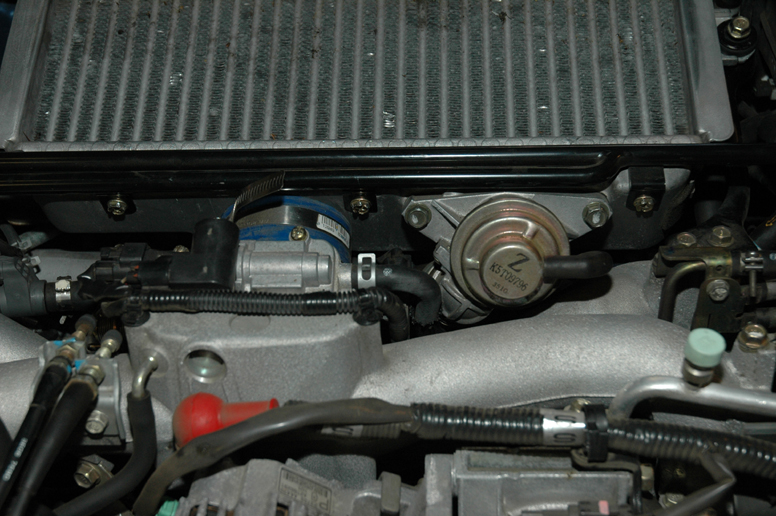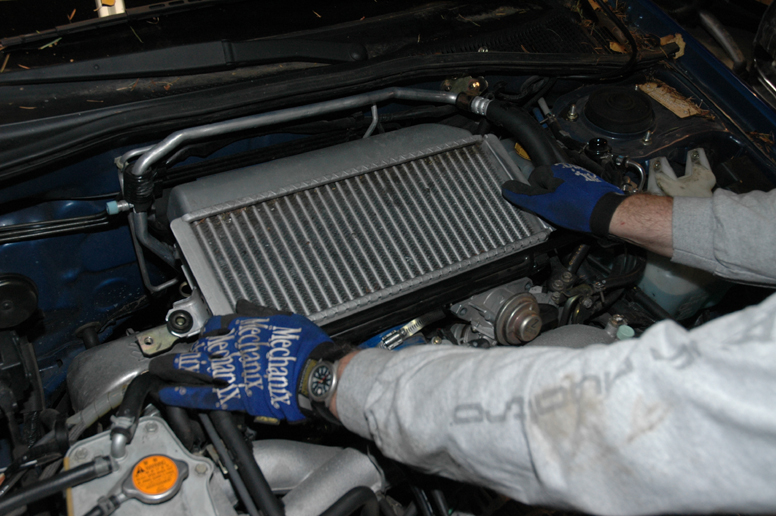BOV: Blow off Valve Subaru FAQ
Term usage: “Blow off valves” go by several names, among them are compressor bypass valve (CBV), air by-pass valve, bypass valve (BPV), blow off valve (BOV), Diverter valve, and possibly a few others. BOV is the common and incorrect term that lumps true blow off valves and bypass valves under the same term. For the sake of correctness, this post will refer to either aftermarket BOV, aftermarket BPV or OEM BPV as these are the most correct terms.
What is the function of a blow off valve (BOV)? To release pressure from the intake tract of a turbo car when the throttle closes. It is a vacuum-actuated valve designed to releases the air to the atmosphere.
What is the function of a bypass valve (BPV)? To release pressure from the intake tract of a turbo car when the throttle closes. It is a vacuum-actuated valve designed to recirculate the air back into the intake before the turbo inlet, but after the airflow sensor.

What is the purpose of a BOV/BPV? When the throttle closes and the intake system is under pressure, the high-pressure air entering the motor will bump into the closed throttle plate, and in the absence of a BOV/BPV, a pressure wave will travel back to the turbocharger. The result is that the compressor wheel will stall (a phenomenon known as “compressor surge”) and slow down very quickly. This is hard on the bearings and decreases the turbo’s lifespan, but it also means the turbo will take longer to spin up the next time the throttle is opened.
Are aftermarket BOVs necessary with Subaru turbos? No. The OEM BPV is perfectly fine up to 20psi of boost. For applications using higher boost levels, an aftermarket BOV/BPV should be considered.
Can I mod my stock BPV to hold higher boost? Yes. I’ll be creating a post giving detailed instructions on how to do so.
Is the STi BPV better than the WRX BPV? No. They are the same. However, the JDM STi BPV will hold more boost as it is physically different than both the USDM STi BPV and the WRX BPV. The specific PSI rating of the JDM STi BPV is unknown, but users have reported it is good up to 25 PSI.
Is an aftermarket BPV better than the stock BPV? No. Unless you are considering an aftermarket BPV solely for the purposes of holding higher boost levels. An aftermarket unit should sound just like the OEM unit.


